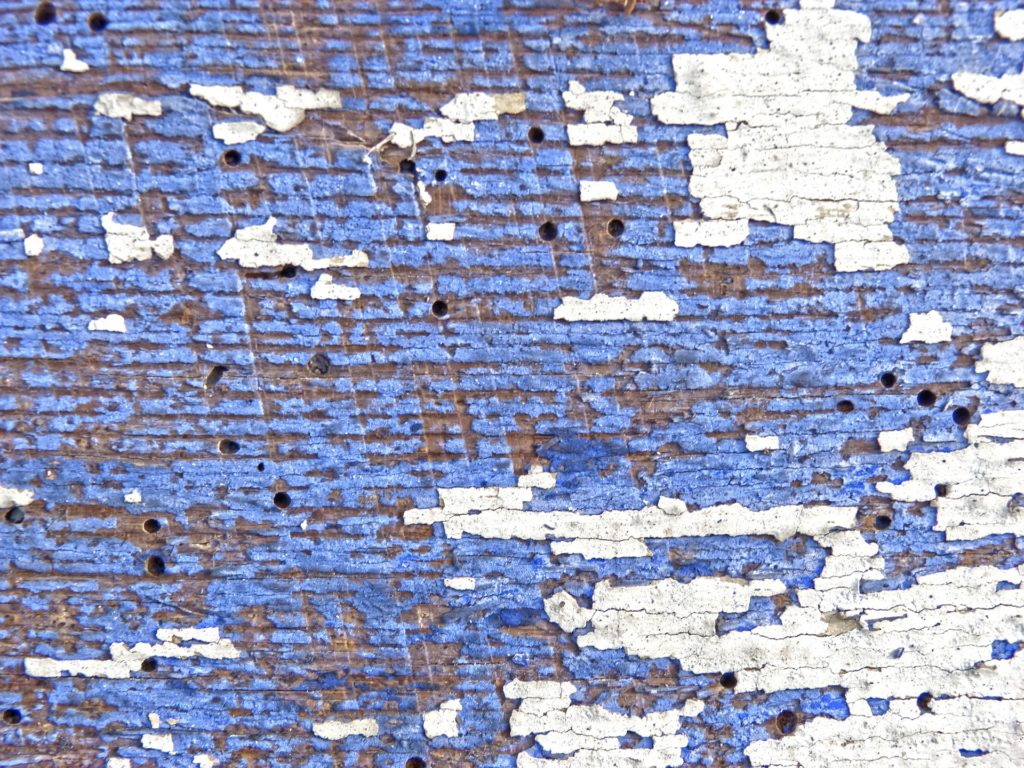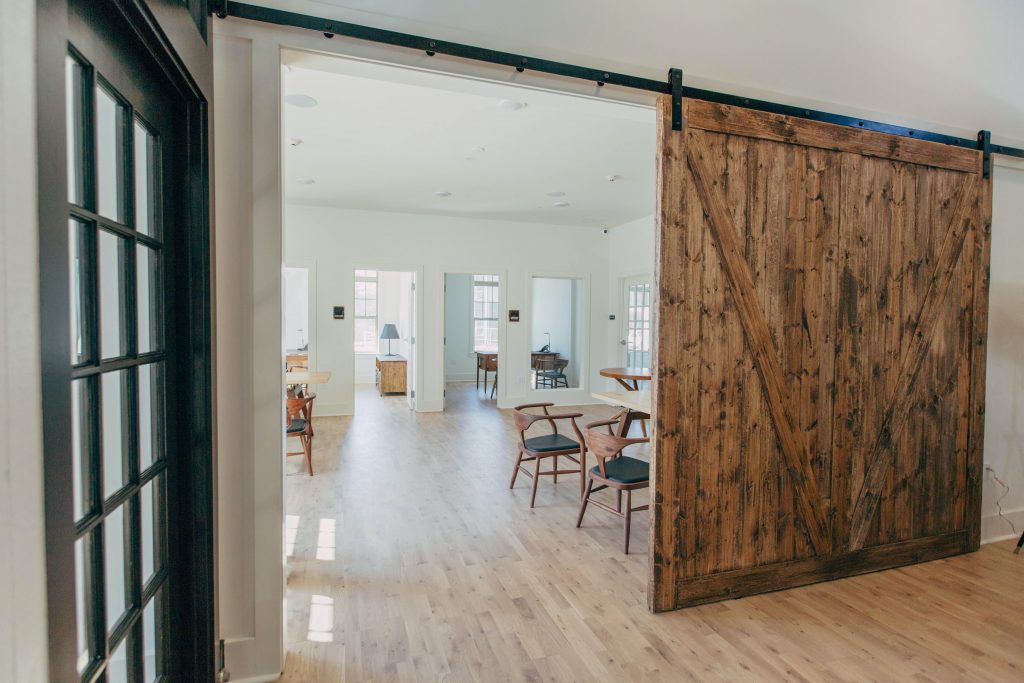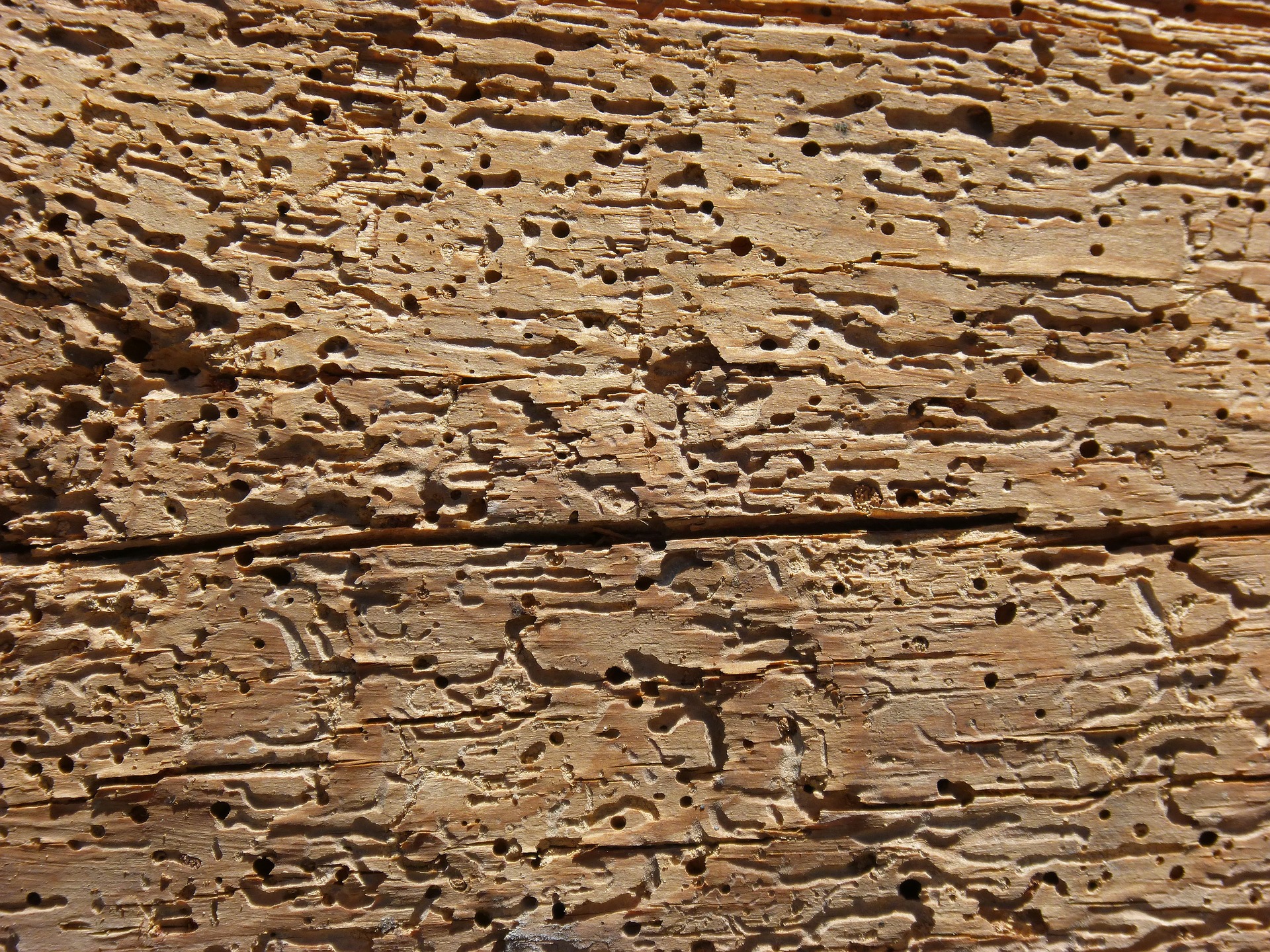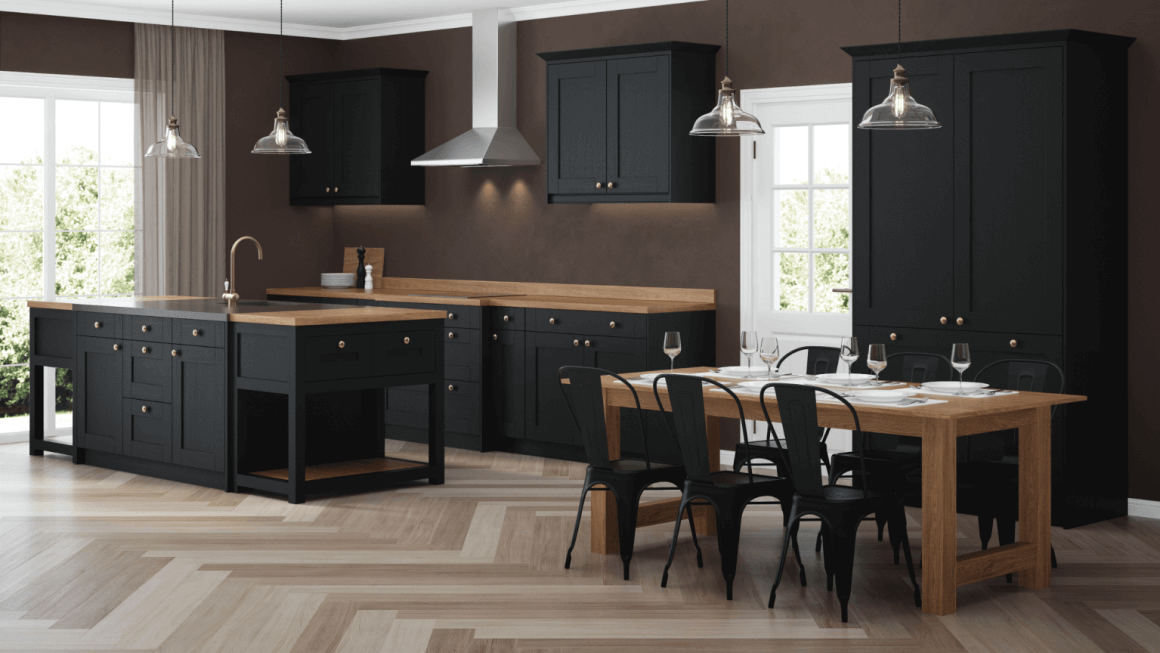If you’ve installed stunning wooden doors, one important maintenance check that you should carry out is inspecting your doors for woodworm.
There are four common species of woodworm and, once the larvae have hatched and grown into adult beetles, can spread to other wooden furniture within your home, causing considerable issues including structural problems if not treated efficiently and effectively.
Here’s everything you need to know…
What Are Woodworm?
There are numerous species of woodworm and wood-boring beetle larvae, the most common in the UK being the common furniture beetle.
Other species within the UK that may wreak havoc on your doors are:
- Deathwatch Beetles,
- House Longhorn Beetles,
- Wood-Boring Weevils.
What Causes A Woodworm Infestation?
There are three main ways woodworms may find their way into your home:
- Woodworms have the power of flight, so can make their way into your home (and your wooden doors) of their own accord.
- If you’ve purchased a piece of furniture that already had an active woodworm infestation and bought it into your home, it may spread into other furniture and your doors.
- Woodworms love damp environments, so if you don’t have a good handle on your ventilation, your home could become a desirable environment for these pesky creatures.
How To Identify A Woodworm Infestation In Your Doors
We recommend regularly carrying out checks for woodworm so that, should you find an infestation, you can gain control of and deal with the situation before it spreads to other areas of your home. Here’s how to check for woodworm beetles:
Look For Exit Holes
You may not know that there are woodworm larvae nestled into your door until they have grown to adult size, at which point they will be ready to leave their home environment.
The holes will be oval or round with sharp edges, although they may differ sightly be species, more on that later.

Check For Dust
In addition to the holes, if the woodworm has very recently burrowed its way out of your door, you’ll see frass, or bore dust, which is essentially the remnants of the wood they worked their way through to get out, creating the tiny holes mentioned above.
Inspect Other Furniture
While this isn’t 100% relevant to finding woodworm in your doors, we do recommend regularly checking other areas in your home to reduce the chances of any active wood-boring insects making their way into your doors.
We recommend that you check your homes:
- Beams,
- Floorboards,
- Joists,
- And any other timber and wooden furniture that woodworm could be calling home.
The Effects Of Woodworm Infestation
Woodworm infestations can have a highly damaging impact on your doors. Deathwatch beetles can be a significant pest as they can reside within your doors for ten years and more.
The common furniture beetle won’t be living in your door for as long. They typically stick around for three or four years. Of course, that doesn’t mean that you should wait them out as there is nothing stopping them from returning and continuing their destruction at a later time.
Not only will you likely have to replace your doors entirely, but you run the risk of them getting into other pieces of furniture or the structural timbers of your home, which doesn’t bear to think about.
Can I Ignore Woodworm?
You could ignore woodworm, however, this may lead to the infestation spreading once the wood-boring beetles have grown into adults and are ready to ‘fly the nest’ as it were.
That means that your other doors and internal wooden furniture aren’t safe from infestation.
How To Get Rid of Woodworm
Treating a woodworm infestation is quick, easy and straightforward. There are a few woodworm treatment options available, including:
- Chemical sprays – This won’t kill off the larvae but will terminate any adult beetles as they exit the door.
- Flytraps – If the rooms attached to the door in question has low ventilation, you could try using flytraps. While this won’t solve the infestation problem, it will catch some of the adult beetles fleeing the nest.
- Gel treatments – You can inject gel into your timber door to target the larvae.
- Liquid pesticide – You can treat your infected furniture with a low-odour boron-based liquid pesticide. This is an option if you’re certain that the woodworm is contained to a relatively small area of your door.
- Pest control – Different species of woodworm are attracted to different types of wood. So, it may be worth eliciting the help of a professional that can check your doors and other furniture and advise on the best treatment.
Before using any woodworm treatment, be sure to check whether you need to keep it away from pets, children or whether you need to exit your home for a specific period after use.
Let’s take a quick look at each species of woodworm and how to go about treating your doors:
Common Furniture Beetle
These wood-boring insects won’t burrow too far into your door, laying their eggs just below the surface instead. They also don’t eat the timber, rather they just use it as a place for their larvae to hatch.
Because of how close to the surface they are, typical woodworm treatment for common furniture beetles include:
- Lignum Pro I62.5 Insecticide.
- Lignum Woodworm Killer.
- WoodGuard Insecticide.
- Wykamol Microtech Insecticide.
Deathwatch Beetle
Deathwatch beetles prefer harder woods, so it’s worth keeping an eye out for these if your doors are made of oak or elm. They are also attracted to dampness, so if you can install ventilation near your doors, you have a better chance of diverting these insects elsewhere.
If you’ve discovered gritty frass that’s disc-shaped, and have maybe heard tiny tapping sounds then this is most likely the type of infestation you’re contending with.
Woodworm treatment for this species include:
- Lignum Pro Gel
- Lignum Pro I62.5 Insecticide.
House Longhorn Beetle
If your doors are made of timber, keep an eye out for House Longhorn Beetles, as they can be particularly pesky and cause significant damage, especially softwood timber.
While the adult beetles don’t tend to feast on the wood, the larvae do. The emergence holes for this species are irregular and ragged, and the gaps tend to merge into one creating a powdery type of material.
You can treat a House Longhorn Beetle infestation with the following:
- Lignum Pro Gel
- Lignum Pro I62.5 Insecticide.
- Lignum Woodworm Killer.
- WoodGuard Insecticide.
- Wykamol Microtech Insecticide.
Wood-boring Weevil
These species love damp wood, whether its hard or softwood that’s decaying and/or also suffering from a fungus infestation. They have also been known to target plywood in similar conditions.
With that in mind, you’re more likely to find a wood-boring weevil infestation on doors in poorly ventilated spaces or within damp flooring; such as doors leading down to cellars.
Exit holes for this variety of woodworm often follow the same direction as the grain and are ragged and small.
Rather than treat the wood, it’s recommended that you either dry out the infested door, essentially making it uninhabitable, or replace the door entirely.
Can I Treat Woodworm Myself?
You can treat woodworm yourself using the methods mentioned above, however, if you have a significant problem, or your treatment methods aren’t working as you had hoped, it may be better to seek help from a specialist.
How do I know if the woodworm treatment has been effective?
Once you’ve treated the infestation, you’ll want to be as sure as possible that nothing will be rearing its head and causing more damage to your door.
You can check this by simply placing a piece of paper under your door and checking for remnants of dust falling onto it. If this happens, then unfortunately you still have active woodworm living in your doors. If not, then the treatment has been successful.
Can you fill woodworm holes?
Yes, you can. Filling in the exit holes once you’ve treated the woodworm infestation is a great way to restore your door (close) to its former glory. Here are a couple of options:
Fill the small round holes with a wax stick
These are available in different shades so you can select the one that’s closest to your door. Simply apply liberally and buff with a cloth. You can do this as many times as you need to fill the gaps left by the infestation.
Use wood filler to salvage your door
You can purchase a professional wood filler and, using a filling knife, apply it to the holes on your door following the instructions on your chosen brand of wood filler (it may need to be mixed with a hardener, for example). Once the door is dry, sand it down with medium-grade sandpaper.

How To Prevent Woodworm
Whether you’ve just treated a woodworm problem or are looking to take preventative measures, there are a few things you can do to prevent the insects from returning or coming in the first place. These include:
- Removing humidity near your doors through heating and ventilating.
- Treat any damp within or near your doors as soon as possible to stop it from attracting woodworm.
- Apply a wood preservative to your door that specifically targets the prevention of woodworm.
If your woodworm problem has resulted in a highly damaged door, perhaps now is a good time to upgrade to something new. At Vibrant Doors, we stock a wide variety of internal doors to complement any aesthetic.






